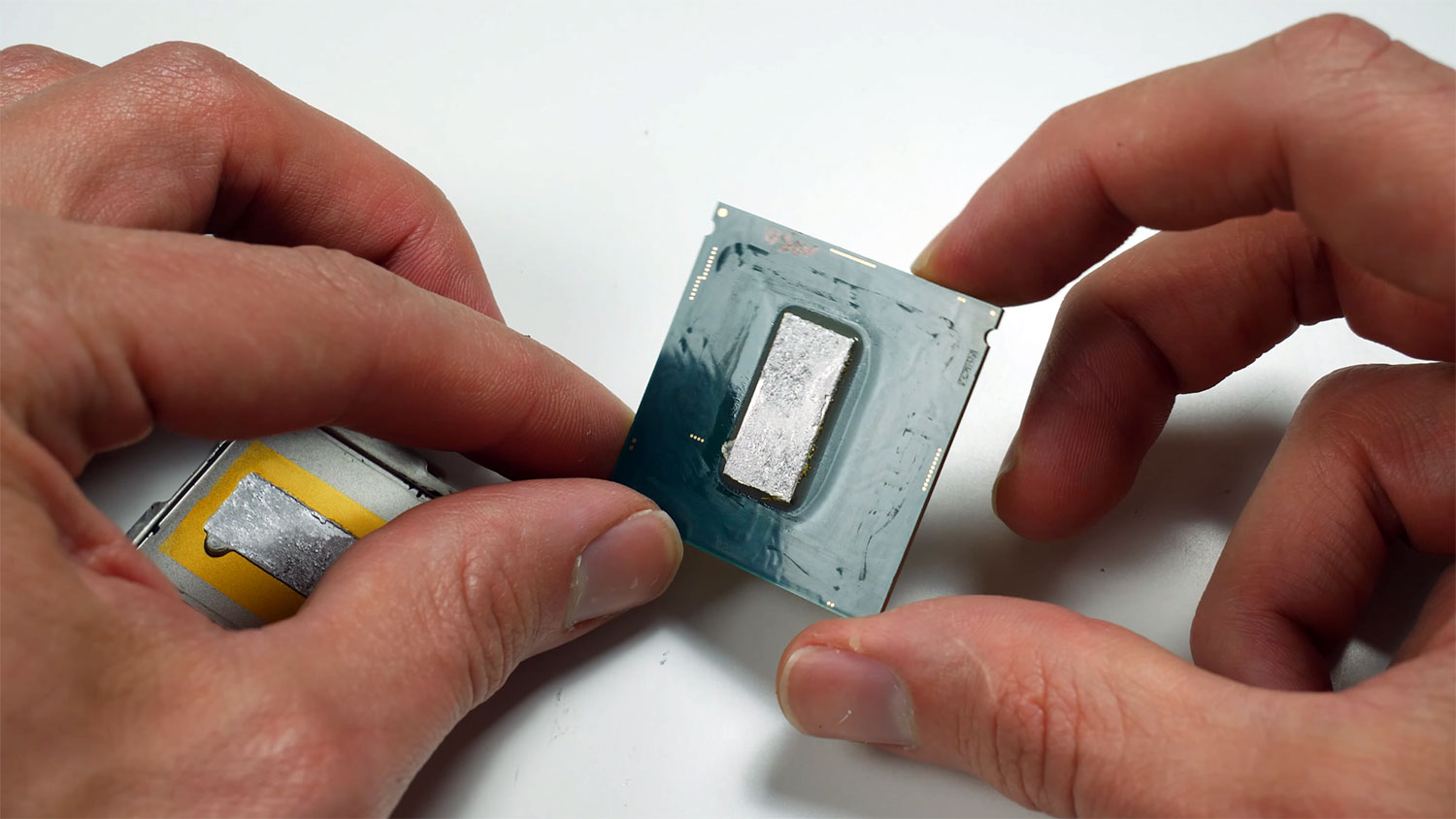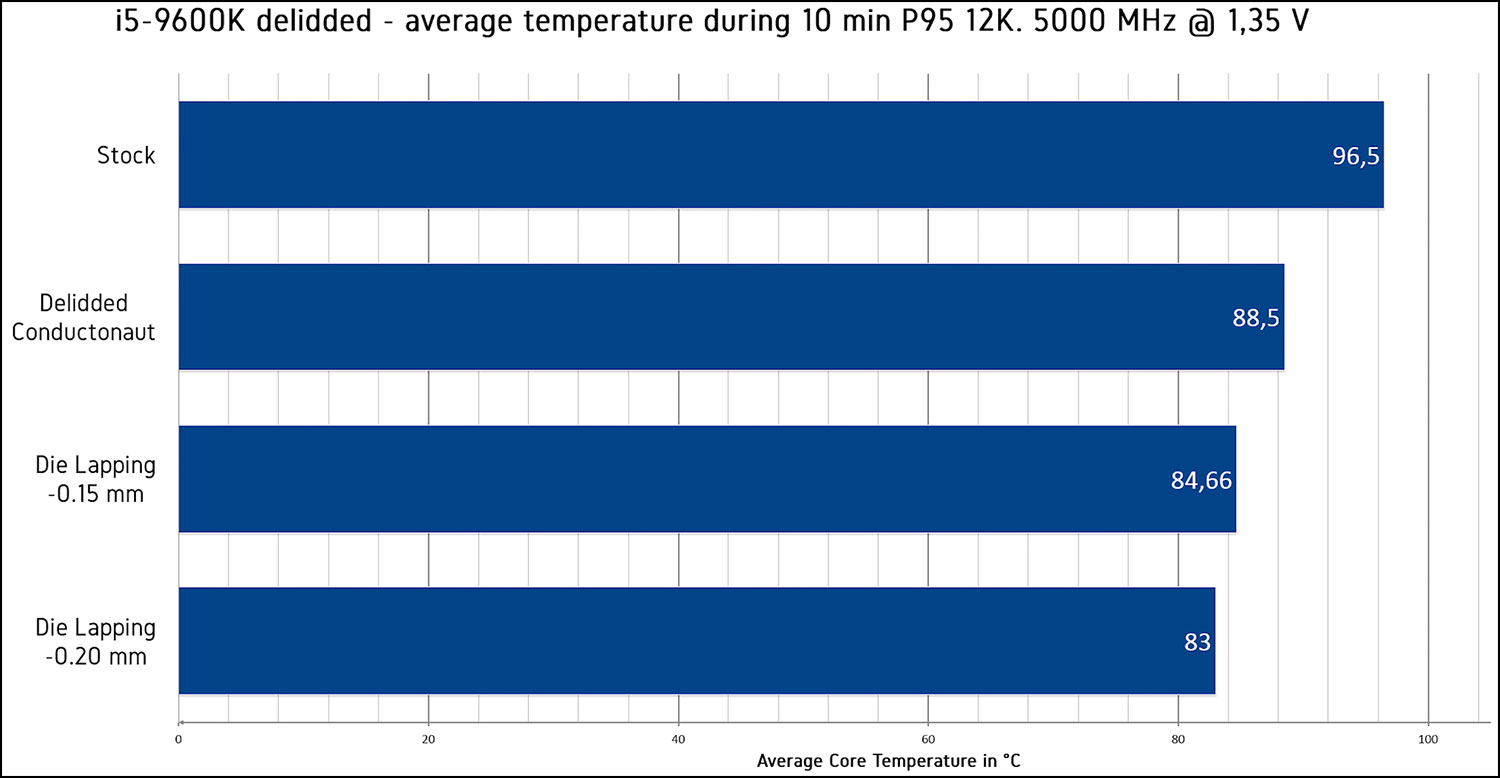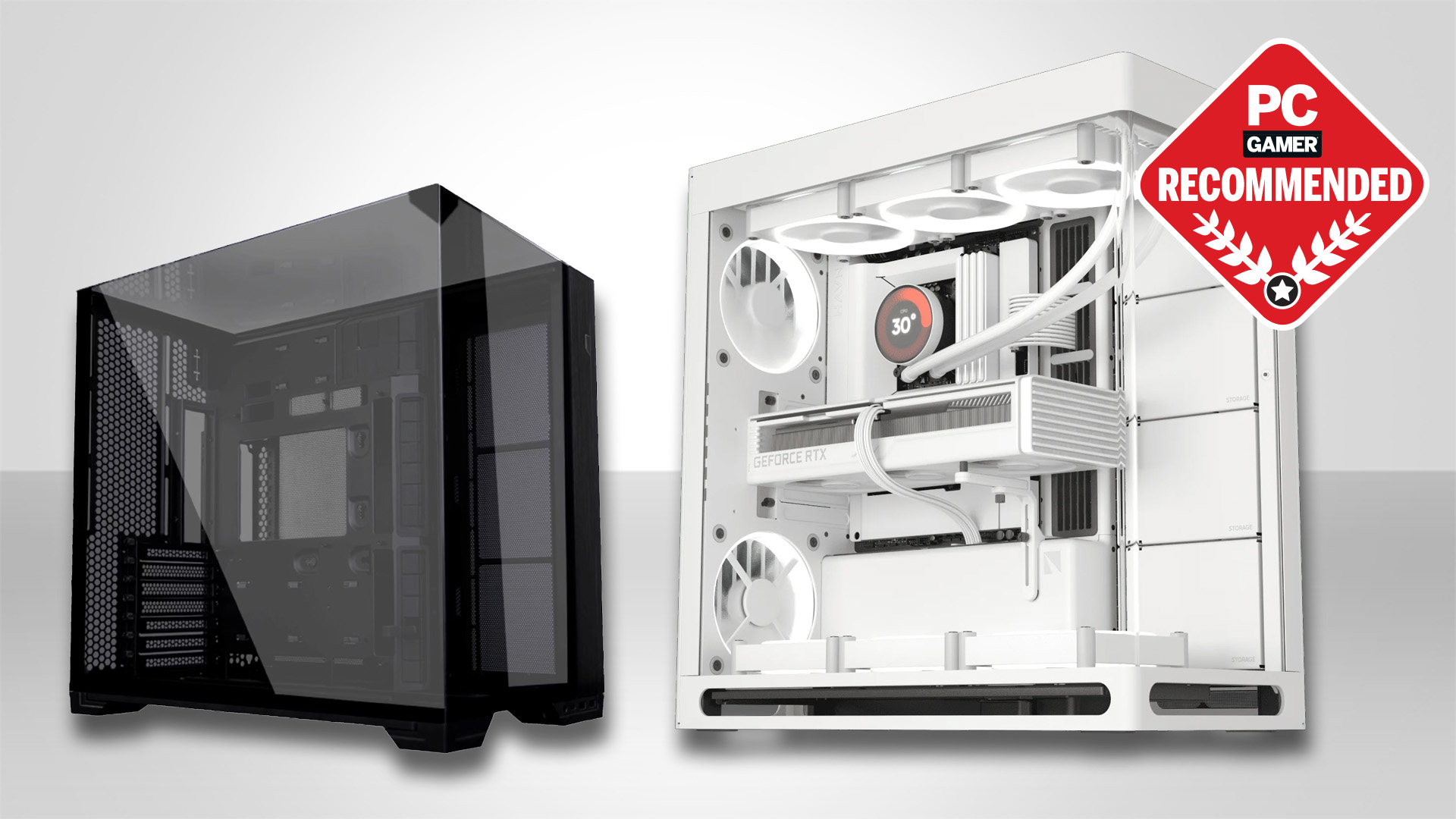Watch a professional overclocker delid and sand down an Intel Core i9-9900K
An interesting look at Intel's switch to a soldered TIM.
Professional overclocker Der8auer wasted no time delidding Intel's brand new 9th generation Core i9-9900K processor, a notable chip in part because it's the company's first 8-core/16-thread mainstream desktop CPU. The 9th generation Core series also marks a return to using a soldered thermal interface material (STIM) between the CPU die and integrated heatspreader (IHS), rather than a traditionally lower quality thermal grease. However, Der8auer discovered something interesting that makes him question if switching to a soldered solution was actually the best move.
For anyone who is not familiar with the concept of delidding, it involves carefully prying the IHS off the CPU die, usually to replace the stock TIM with something like liquid metal. Extreme overclockers routinely do this sort of thing, though so do some enthusiasts who might not be chasing record speeds and benchmarking results, but still want better temps. (To that end, Der8auer actually built a tool that simplifies the delidding process.)
As it applies to the Core i9-9900K, Der8auer noticed that his sample was running hotter than he expected. So, he ripped the IHS off to investigate. What he found is that both the metal die and the PCB are both thicker than the previous generation. Here's how the Core i9-9900K compares to a Core i7-8700K, according to Der8auer's measurements:
- Core i9-9900K PCB: 1.15mm
- Core i7-8700K PCB: 0.87mm
- Core i9-9900K die: 0.87mm
- Core i7-8700K die: 0.42mm
The PCB is closer in size to Haswell, which Der8auer says is a good thing when it comes to supporting bigger and heavier CPU coolers. At the same time, he surmises that the added thickness of the CPU as a whole could be hurting temps.
"If we take a look at the CPU in the perspective of it being a system, then we have the silicon on the bottom, we have the thermal interface material, and then we have the heatspreader... If we make the chip a lot thinner, the thermal conductivity should be a lot better, because essentially the circuits are on the bottom of the chip, they're not on top. So the heat has to go through the whole chip, has to go through the 0.87mm of silicon. If this was thinner, the thermal conductivity would be better."
Der8auer tested his hypothesis by grinding the CPU die. Here are the results:
Der8auer saw the best results when delidding the Core i9-9900K and grinding 0.20mm off the CPU die. Using his numbers, he believes reducing the chip to the same height as a Core i7-8700K would drop temps 15-20C compared to stock.
Keep up to date with the most important stories and the best deals, as picked by the PC Gamer team.
So, why is the Core i9-9900K thicker than the previous generation? Der8auer wonders if it's a byproduct of switching to solder. It could be that a thicker design was needed to accommodate the added tension that comes from soldering a CPU. Or it could be to accommodate a physically larger die.
In any event, if you have a spare 15 minutes, check out the video. It's certainly an interesting look at the Core i9-9900K, even if it doesn't definitively answer if using solder was better than sticking with grease.
Paul has been playing PC games and raking his knuckles on computer hardware since the Commodore 64. He does not have any tattoos, but thinks it would be cool to get one that reads LOAD"*",8,1. In his off time, he rides motorcycles and wrestles alligators (only one of those is true).





